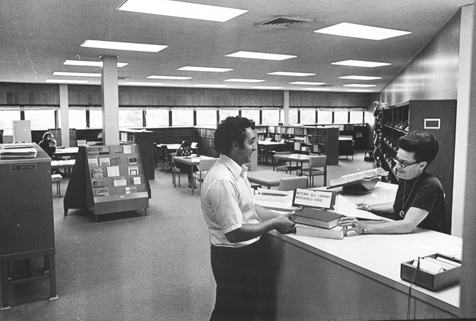
Faculty Research 1970 - 1979
Pathogenesis of sialodacryoadenitis in gnotobiotic rats.
Document Type
Article
Publication Date
1975
Keywords
Antigens-Viral, Coronaviridae: im, Dacryocystitis: im, pa, ve, Germ-Free-Life, Harderian-Gland: pa, Lymph-Nodes: pa, Nasopharynx: pa, Rats, Rodent-Diseases: et, im, pa, Salivary-Gland-Diseases: ve, Salivary-Glands: pa, Sialadenitis: im, pa, ve, SUPPORT-U-S-GOVT-P-H-S, Virus-Diseases: im, pa, ve
First Page
196
Last Page
209
JAX Source
Vet-Pathol. 1975; 12(3):196-209.
Abstract
The pathogenesis of sialodacryoadenitis was studied in gnotobiotic CD rats inoculated intranasally with the causal virus. Virus replication was detected sequentially in the nasopharynx, tracheobronchial tree, cervical lymph nodes, submaxillary and parotid salivary glands, exorbital gland, and Harderian gland. Acute rhinitis appeared within 2 days after inoculation, and salivary glands had lesions in 4 days. Early changes in salivary and exorbital glands were characterized by necrosis of ductal epithelium, which rapidly progressed to widespread acinar necrosis, marked inflammation, edema and total effacement of glandular architecture. Harderian glands also had massive necrosis of tubuloalveolar units. Repair in all glands was characterized by marked squamous metaplasia of tubuloalveolar units. Repair in all glands was characterized by marked squamous metaplasia of ducts. Neutralizing and complement-fixing antibodies were detected in 7 days, and there was a concomitant decrease in tissue-virus titers. There was no detectable evidence for hematogenous spread of virus or for retrograde infection by way of major salivary ducts.
Recommended Citation
Jacoby RO,
Bhatt PN,
Jonas AM.
Pathogenesis of sialodacryoadenitis in gnotobiotic rats. Vet-Pathol. 1975; 12(3):196-209.

